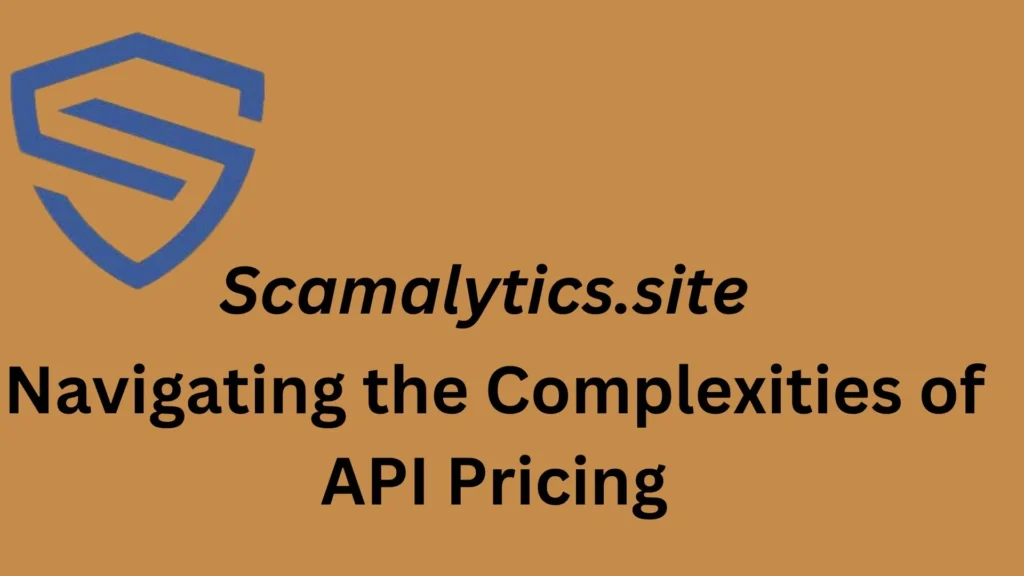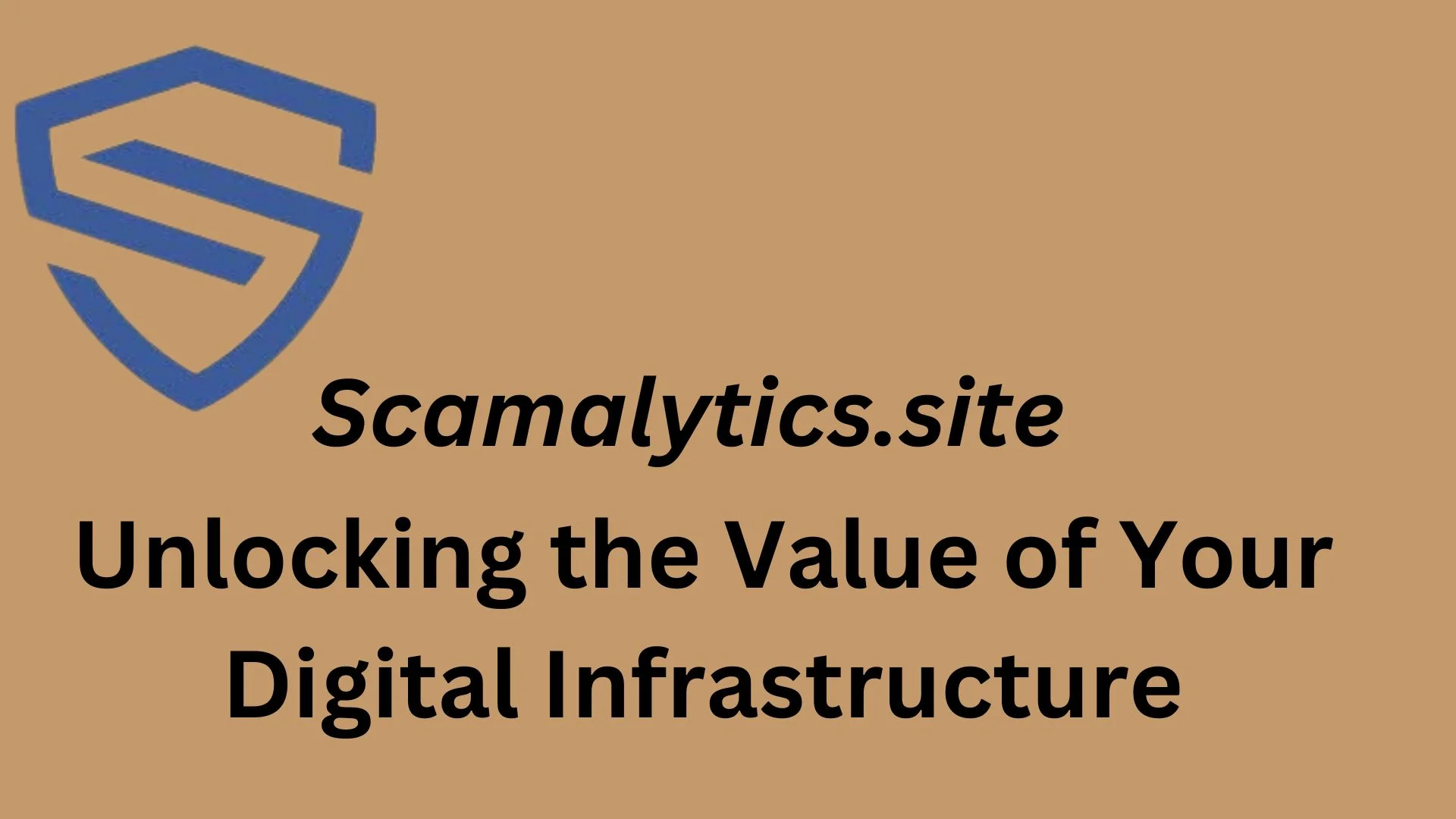Understanding the Fundamentals of API Pricing
Application Programming Interfaces (APIs) have become an integral part of the digital landscape, enabling seamless integration, data exchange, and the creation of innovative solutions. As businesses increasingly recognize the value of APIs, the question of how to price them effectively has become a crucial consideration.
API pricing is a complex and multifaceted topic, as it involves balancing the needs of the API provider, the API consumer, and the overall market dynamics. Factors such as the type of API, the level of functionality, the volume of API calls, and the desired revenue model all play a role in determining the optimal pricing strategy.
Types of API Pricing Models
There are several common API pricing models that organizations can consider:
- Flat-rate Pricing: In this model, the API provider charges a fixed fee for access to the API, regardless of usage. This approach provides predictable revenue for the provider and can be attractive to consumers with consistent usage patterns.
- Usage-based Pricing: This model ties the API pricing to the actual usage, typically based on the number of API calls or the volume of data transferred. This approach can be more complex to implement but can also be more flexible and scalable.
- Tiered Pricing: With this model, the API provider offers different pricing tiers based on factors such as the level of functionality, the volume of API calls, or the desired service level. This can be useful in catering to a range of user needs and budgets.
- Freemium Model: In this model, the API provider offers a basic version of the API for free, with the option to upgrade to a paid, more feature-rich version. This can be an effective way to attract and onboard new users while generating revenue from more advanced use cases.
- Revenue-sharing: Some API providers opt for a revenue-sharing model, where the API consumer pays a percentage of the revenue generated from the use of the API. This can be beneficial for both parties, as it aligns incentives and encourages the development of successful, revenue-generating applications.
Factors Influencing API Pricing
When determining the appropriate pricing for an API, several key factors should be considered:
- API Functionality and Complexity: The more sophisticated and feature-rich the API, the higher the potential value it can provide to the consumer. APIs with advanced capabilities, such as real-time data processing or complex algorithmic functionality, may command higher pricing.
- API Usage and Volume: The anticipated volume of API calls and the overall usage patterns can significantly impact the pricing strategy. APIs with high-volume usage may benefit from a usage-based or tiered pricing model, while lower-volume APIs may be better suited to flat-rate or freemium approaches.
- Target Market and Competitive Landscape: Understanding the target market, the competitive offerings, and the perceived value of the API to the consumer is crucial in setting the right pricing. Benchmarking against industry standards and analyzing the pricing of similar APIs can provide valuable insights.
- Cost of API Maintenance and Operation: The costs associated with running and maintaining the API infrastructure, including server and bandwidth costs, security measures, and ongoing development, should be factored into the pricing model to ensure profitability for the provider.
- Value Proposition and Return on Investment: Ultimately, the API pricing should reflect the value it provides to the consumer. Demonstrating the potential return on investment (ROI) and the tangible benefits of the API can justify a higher pricing and increase the perceived value.
Developing an Effective API Pricing Strategy
Crafting an effective API pricing strategy involves a multifaceted approach that considers the various factors mentioned above. Here are some key steps to consider:
Determine the API Pricing Model
Evaluate the different API pricing models and select the one (or a combination) that best aligns with your business objectives, target market, and API characteristics. Consider factors such as the desired revenue stream, the level of API usage, and the needs of your target customers.
Conduct Thorough Market Research
Analyze the competitive landscape, understand the pricing strategies of similar APIs, and gather insights from your target audience. This will help you position your API effectively and set pricing that is both competitive and reflective of the value it provides.
Establish Pricing Tiers and Thresholds
If you opt for a tiered pricing model, carefully define the different tiers, the associated features, and the corresponding pricing. Ensure that the tiers are distinct and offer clear value propositions to the consumers.
Implement Usage Monitoring and Metering
For usage-based pricing models, implement robust monitoring and metering capabilities to accurately track API consumption and ensure fair and accurate billing. This may involve integrating with API management platforms or developing custom usage tracking solutions.
Consider Introductory Offers and Discounts
To attract new users and encourage adoption, you may want to offer introductory pricing, free trials, or volume-based discounts. These tactics can help onboard customers and showcase the value of your API before transitioning to standard pricing.
Continuously Evaluate and Adjust
Regularly review your API pricing strategy, monitor market trends, and gather feedback from your customers. Be prepared to make adjustments to your pricing model, tiers, or thresholds to ensure that it remains competitive, profitable, and aligned with the evolving needs of your API consumers.
Optimizing API Pricing for Different Business Models
The optimal API pricing strategy can vary depending on the specific business model and industry. Here are some examples of how API pricing can be tailored to different scenarios:
SaaS (Software as a Service) Providers
SaaS providers often leverage APIs to enable integrations, data sharing, and the extension of their platform’s functionality. In this context, API pricing can be structured as a revenue-sharing model, where the SaaS provider and the API consumer split the revenue generated from the API-powered features.
E-commerce Platforms
E-commerce platforms may offer APIs to enable third-party developers to build applications and services that enhance the shopping experience. These APIs can be priced based on the volume of transactions or the number of API calls, providing a usage-based revenue stream for the platform.
Fintech and Financial Services
In the financial services industry, APIs are used to facilitate secure data exchange, enable real-time transactions, and power innovative financial products. API pricing in this sector often emphasizes factors such as data sensitivity, regulatory compliance, and the criticality of the API functionality, leading to higher pricing tiers for more mission-critical APIs.
IoT (Internet of Things) Ecosystems
In the IoT space, APIs enable the integration of connected devices, data aggregation, and the development of comprehensive IoT solutions. API pricing in this context may be structured around the number of connected devices, the volume of data transferred, or the level of API functionality required to support the IoT use case.
Media and Content Providers
Media and content providers can leverage APIs to monetize their digital assets, enable third-party content distribution, and power content-driven applications. API pricing in this industry may be based on revenue sharing, content usage, or the level of API access and functionality.
Navigating the Complexities of API Pricing

Effective API pricing requires a nuanced and strategic approach that balances the needs of both the API provider and the API consumer. By considering the various factors, models, and business-specific considerations, organizations can unlock the full potential of their digital infrastructure and create sustainable revenue streams.
Conclusion
As the digital landscape continues to evolve, the importance of API pricing will only grow. By developing a comprehensive and adaptable API pricing strategy, organizations can positioning themselves for long-term success, fostering innovation, and delivering exceptional value to their customers. By understanding the complexities of API pricing and tailoring it to their unique business requirements, companies can unlock the true potential of their digital assets and thrive in the ever-changing digital ecosystem.

